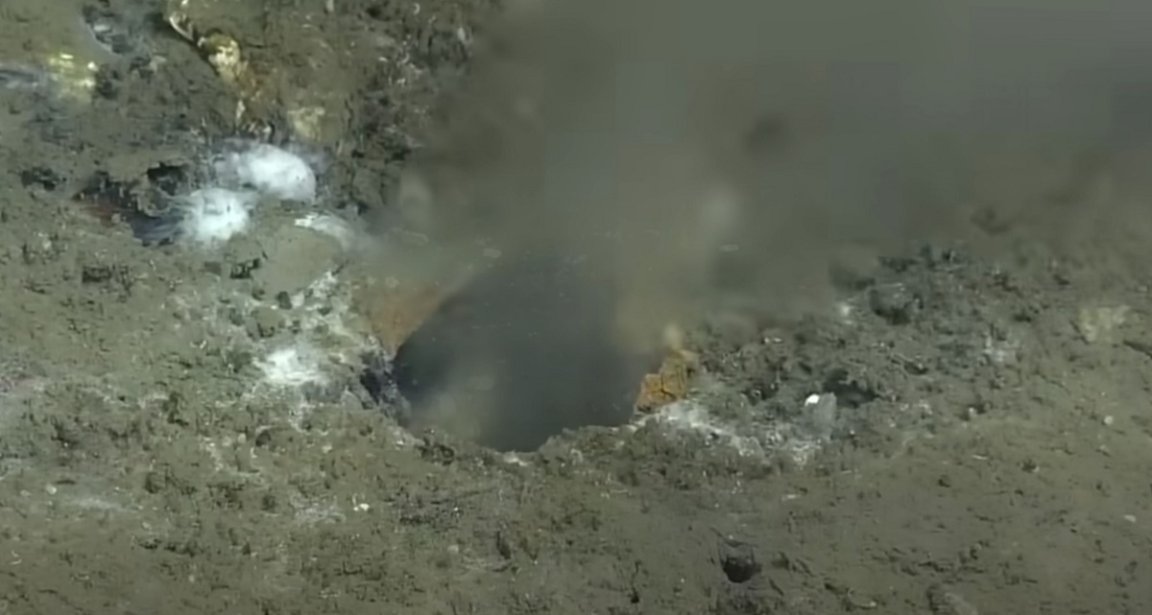
A hole in the bottom of the sea? It’s a cute song, and apparently also a geological reality.
Fascinatingly, the hole is leaking water up into the ocean, not down into the earth below. In a press release, researchers at the University of Washington said the seabed hole off the coast of Oregon is located on top of the Cascadia Subduction Zone fault, and the fact that it’s leaking may not be a great omen for earthquake activity in the region.
Named “Pythias’ Oasis” after an oracle who hallucinated prophecies while sitting on a hot spring, this low-salinity, mineral-rich spring located on the Pacific Northwest seafloor has fascinated scientists since it was discovered back in 2015. Now the school’s new research, published earlier this year in the journal Science Advances, suggests that the almost-fresh water leaking out of it may be a sort of tectonic lubricant — and without it, the plate on which it sits could be in danger of shifting in a big, bad way.
While on an unrelated trip out near the strange spring, which is about 50 miles off the PNW coast, researchers discovered something odd on their sonar: “unexpected plumes of bubbles about three-quarters of a mile beneath the ocean’s surface,” the press release notes.
Using a seafloor-exploring robot, the UW team learned that the bubbles “were just a minor component of warm, chemically distinct fluid gushing from the seafloor sediment.”
“They explored in that direction and what they saw was not just methane bubbles, but water coming out of the seafloor like a firehose,” Evan Solomon, a UW associate professor of oceanography and seafloor geology specialist, said in the school’s statement. “That’s something that I’ve never seen, and to my knowledge has not been observed before.”
Later expeditions to the spring, which was first discovered by UW oceanography graduate and current White House policy advisor Brendan Philip, revealed to the researchers that the strange fluid shooting out of the spring is warmer than the water surrounding it by 16 degrees Fahrenheit, and per the team’s calculations, this suggests that “the fluid is coming straight from the Cascadia megathrust, where temperatures are an estimated 150 to 250 degrees Celsius (300 to 500 degrees Fahrenheit).”
“Loss of fluid from the offshore megathrust interface through these strike-slip faults is important,” the statement notes, “because it lowers the fluid pressure between the sediment particles and hence increases the friction between the oceanic and continental plates.”
Using an interesting metaphor, Solomon said that the “megathrust fault zone is like an air hockey table,” and “if the fluid pressure is high, it’s like the air is turned on, meaning there’s less friction and the two plates can slip.”
“If the fluid pressure is lower, the two plates will lock,” he continued. “That’s when stress can build up.”
According to the researchers, this is the first known seafloor leak of its kind, though others could exist nearby without having been detected yet.
All told, it’s both a fascinating look into the operations of plate tectonics — which, the statement notes, is still a relatively new field of study — and a scary reminder of the kinds of natural disasters we may see in the future.
Updated to clarify intro.
More on natural disasters: Study: Climate Change Making More Than Half of Infectious Diseases Far Worse